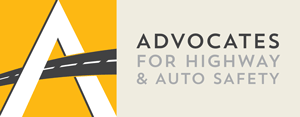FOR IMMEDIATE RELEASE: July 7, 2016
Contact: Allison Kennedy, 202-408-1711, [email protected]
STATEMENT OF HENRY JASNY, SENIOR VICE PRESIDENT & GENERAL COUNSEL, ADVOCATES FOR HIGHWAY AND AUTO SAFETY, ON U.S. GOVERNMENT ACCOUNTABILITY OFFICE (GAO) REPORT ON DEFECTIVE TRINITY ET-PLUS GUARDRAIL HEAD
Report Reveals that Federal Highway Administration Was Derelict in Its Duty to Protect the Public from these Deadly Devices
Today, the General Accountability Office (GAO) released a report detailing the multiple failures by the Federal Highway Administration (FHWA) to protect the public from the defective ET-Plus guardrail head (ET-Plus) manufactured by Trinity Industries (Trinity) that has been linked to numerous deaths and injuries. This report reaffirms what the safety community has known since the fiasco with the ET-Plus first came to light, the FHWA continues to fail at its mission to ensure American highways are safe. The FHWA is supposed to ensure that roadside guardrails, installed at taxpayer expense based on the approval of the agency, are not defective. But the GAO report reveals that FHWA provides insufficient oversight of guardrail testing, does not have a process to verify test results of manufacturers, and has no means of making its own, independent safety determination.
Although the overwhelming evidence proves that that the ET-Plus is defective and deadly, FHWA continues to allow the device to be installed at federal expense. This gross incompetence by FHWA is shocking and undermines the safety on the American public on our highways.
In 2012, a False Claims Act Complaint was filed by an individual plaintiff on behalf of the United States in the U.S. District Court for the Eastern District of Texas. The Complaint alleged that Trinity had failed to notify FHWA that it modified the ET-Plus and these modified guardrail heads began to appear on American roads in 2005. The Complaint alleges that the guardrail was redesigned to narrow the channel or feeder chute from five to four inches. As a result, the guardrail does not absorb the energy of the crash; instead the guardrail is turned into a spear that slices into the crashing vehicle, further endangering the occupants.
On February 14, 2012, Trinity confirmed to FHWA that the width of ET-Plus channels had in fact been reduced from 5 inches to 4 inches. The company claimed that this fact was “inadvertently omitted” from the documentation submitted to FHWA. In October of 2014, a jury issued a $175 million verdict in favor of the plaintiff in the civil action brought under the False Claims Act. Under the statute, the jury award is tripled to $525 million.
It was only after the jury reached its verdict that the FHWA demanded that the ET-Plus be re-tested and the agency issued a public request for information on the defective device. Several U.S. Senators have voiced serious concerns about the re-testing as well FHWA’s process for evaluating the safety of roadside hardware including the agency’s actions surrounding the ET-Plus.
The GAO makes clear that FHWA relies on outside test laboratories but that six of nine such laboratories evaluate products that were developed by employees of their parent organization, in which the laboratory may have a financial interest. This was a factor in the ET-Plus guardrail case. GAO states that this relationship poses “a potential threat to lab independence.” The agency, however, appears to have ignored this potential conflict of interest.
Due to the significant and troubling questions regarding the conduct of FHWA in relation to this matter, Advocates for Highway and Auto Safety filed a request for all relevant records in the possession of the agency pursuant to the Freedom of Information Act (FOIA), 5 U.S.C. § 552. Those documents reveal that agency personnel were slow to respond to concerns voiced about the ET-Plus from state officials, instead focusing on deflecting media and public scrutiny. In fact, the highway engineer within FHWA’s Office of Highway Safety that dealt extensively with the ET-Plus remarked in an October 2015 email “that I would just LOVE to write an article about the ET-plus…But I am not close enough to retirement.” Whether this statement indicates that there is more information that has not yet been revealed, or is just a flippant remark, it is indicative of the agency’s cavalier attitude towards protecting the public from deadly defective devices such as the ET-Plus. Americans deserve better public service from its federal agencies.
###

